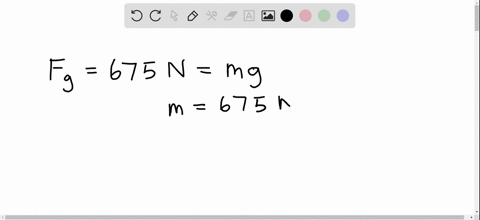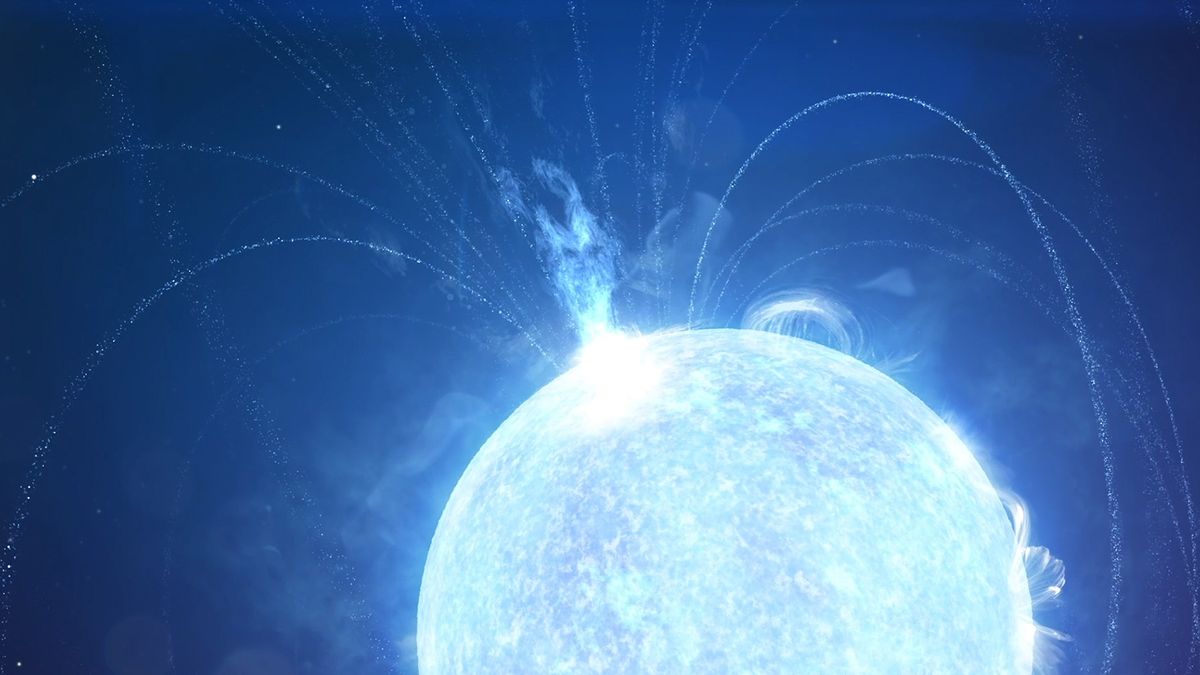

The energy output of the Sun has not fluctuated by more than perhaps 0.1% to 0.2% in human history – not bad for a nuclear reactor that has no regulatory committee, no engineers, and hasn't had a safety check in nearly five billion years.ġ – Very well, if you must know, the constant is equal to 5.67 x 10 -8 W m -2 K -4. Likewise, if a star's core should be decompressed, then nuclear burning decreases, which cools the star and brings the pressure down, and thus the star contracts and again returns to equilibrium.

Should a star's core be compressed, the compression causes nuclear burning to increase, which generates more heat, which forces up the pressure and makes the star expand. Hydrostatic equilibrium has the fortunate effect that it tends to make stars stable. Note how swiftly the energy radiated by a star rises with T: doubling the temperature causes its energy output to increase by 16 times.Ī star which meets all these constraints is said to be in hydrostatic equilibrium. Here L is the luminosity of the star, C is a constant 1, R is the radius of the star in meters, and T is the surface temperature of the star in K°. L = C R 2 T 4 (Total luminosity of a hot sphere) This last fact generates yet another constraint, because the energy radiation of a sphere suspended in a vacuum obeys a law known as the Stefan-Boltzmann Equation: And finally, of course, the total energy generated in the core must equal the total energy radiated at the surface.

It is also the case that the gas pressure at any depth in the star (which also depends on the temperature at that depth) must balance the weight of the gas above it. In general, the more massive a star is, the brighter and hotter it must be. The dependence on mass comes about because the sheer weight of the star's mass determines its central pressure, which in turn determines its rate of nuclear burning (higher pressure = more collisions = more energy), and the resulting fusion energy is what drives the star's temperature. All stars are about three-quarters hydrogen and one-quarter helium when they are born.) ( Chemical composition also has some effect, but not enough to change the overall picture of what we will be discussing here. They come in a variety of sizes and temperatures, but the great majority can be characterized by just two parameters: their mass and their age. The Hertzsprung-Russell Diagram (aka the Main Sequence)


 0 kommentar(er)
0 kommentar(er)
